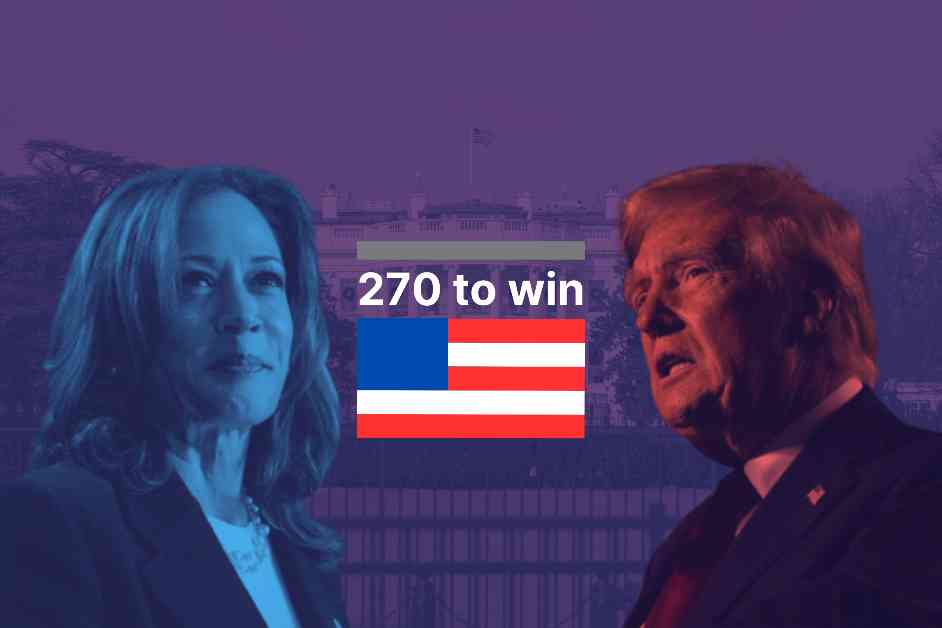HUNDREDS of millions of votes will be counted across the US from Thursday onwards – but there’s a chance that the candidate that wins the popular vote won’t win the whole race.
That’s because the popular vote does not directly choose the president – rather, something called the electoral college does.
Each US state, as well as the District of Columbia, are granted a certain number of seats out of the 538 in the electoral college, based on their number of congressional representatives.
When Americans vote, they are making a selection for which candidate they want to win their state, and its electoral college votes.
Whichever candidate gets 270 or more votes in the electoral college goes on to win the election for president.
Why is it controversial?
This system of choosing presidents has been controversial since it was introduced, for a range of reasons.
One major point of contention is that it means that not every American’s vote for president has the same weight.
The number of electoral college votes a state has is not directly proportional to how many people live there.
Instead, each state, as well as the District of Columbia, get a minimum of three votes automatically, with the remainder allotted based on population.
This means that a voter living in an extremely small state, like Wyoming, can have their vote for president be more than four times as powerful as one in a larger state like California.
Voters in the state of Wyoming have more than four times as much power as those in California
In five elections, most recently in 2016, this effect has meant that the national popular vote winner – in that case Hillary Clinton – did not win the election.
Another issue is that the electoral college tends to place a great amount of importance on “swing states” – states where pre-election polls show no clear winner.
Such states historically get more attention – both in advertising spending and in candidate visits – than others where the outcome of the vote is easy to predict.
Two states, Nebraska and Maine, try to rectify some of these concerns by assigning some of their electoral votes proportionally based on the popular vote in the state.
And since 2006, many states have signed on to a measure that may eventually negate the negative consequences of the electoral college outright.
The National Popular Vote Interstate Compact would, if activated, see states that sign up dedicate all their electoral college votes to the candidate which wins the national popular vote.
So far, 17 states and the District of Columbia have agreed to it, representing 209 of the 270 electoral college votes it needs to become active.
But, at least for this election, the electoral college system – with all its faults – will go on as normal.
The electoral college system in the United States has been a topic of debate and controversy for many years. Critics argue that it undermines the principle of “one person, one vote” by giving disproportionate power to voters in smaller states. Despite its flaws, the system remains in place for the upcoming election.
Efforts have been made to reform the electoral college, such as the National Popular Vote Interstate Compact. This initiative aims to ensure that the candidate who wins the national popular vote also wins the presidency. While progress has been made with 17 states and the District of Columbia on board, the compact has not yet been activated.
As the US prepares for the election, the focus remains on the electoral college and its impact on the outcome. The debate over the fairness and effectiveness of this system continues, with calls for reform echoing across the country. Only time will tell if changes will be made to the electoral college in the future.












